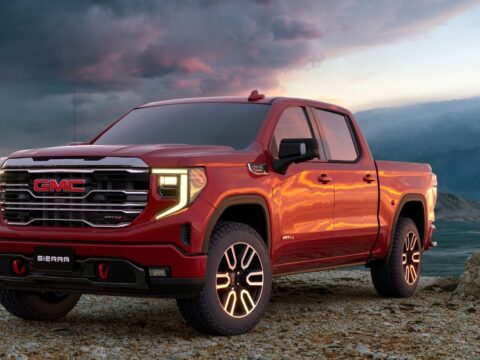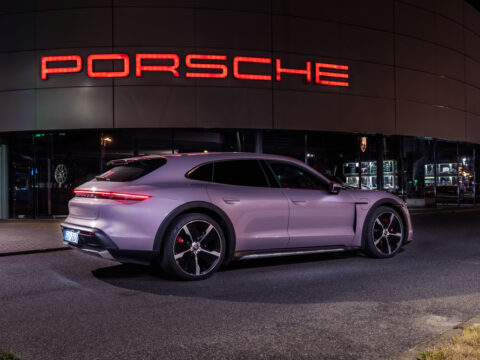From the open roads to the vast skies, there’s an intrinsic connection between the world of automobiles and the majesty of birds. Both symbolize freedom, speed, and an aspiration to reach new heights. This article delves into this unique intersection of engineering and ornithology, unearthing the stories behind iconic vehicles inspired by our feathered friends.
Contents
Pontiac Firebird
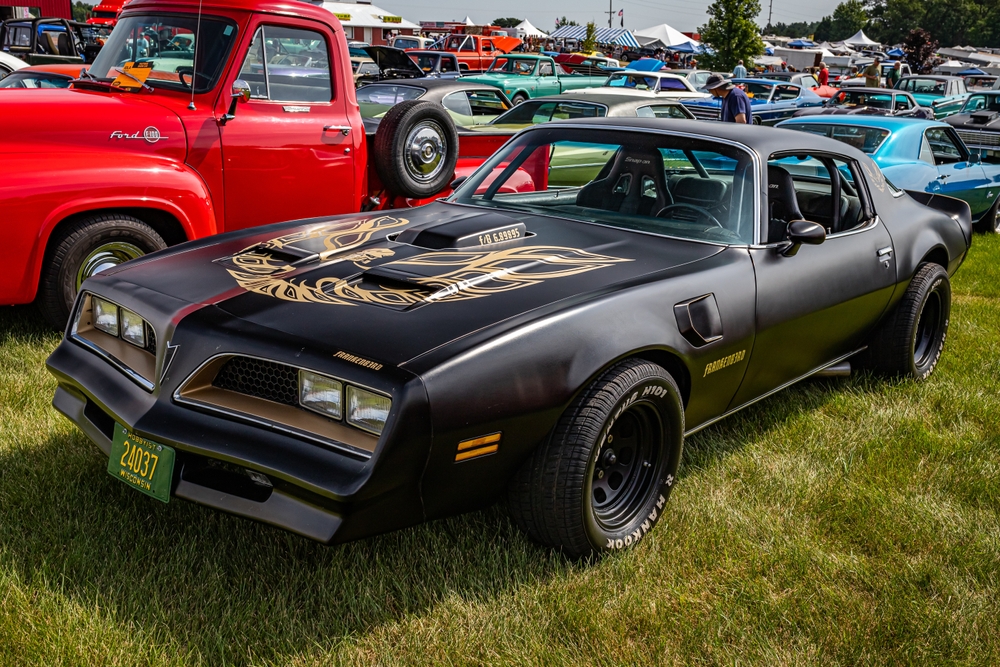
Introduced in 1967, the Firebird became an iconic American muscle car. Cool for its sleek design and powerful engines, it competed with the likes of the Ford Mustang. The Firebird name was chosen for its imagery of power and rebirth, resonating with the mythical Phoenix, which rises from its own ashes.
Ford Thunderbird

Launched in 1955, the Thunderbird (often called the T-Bird) redefined luxury touring. With its V8 engine and unique design, it started the ‘personal luxury car’ segment. The name was meant to evoke the power and mystery of Southwest Native American mythology, where the Thunderbird controls the upper-world elements.
Buick Skylark

Introduced in 1953, the Skylark became Buick’s hallmark for its anniversary editions. It was named after the bird for its elegance and lightness, matching the car’s sleek design and nimble performance.
AMC Eagle
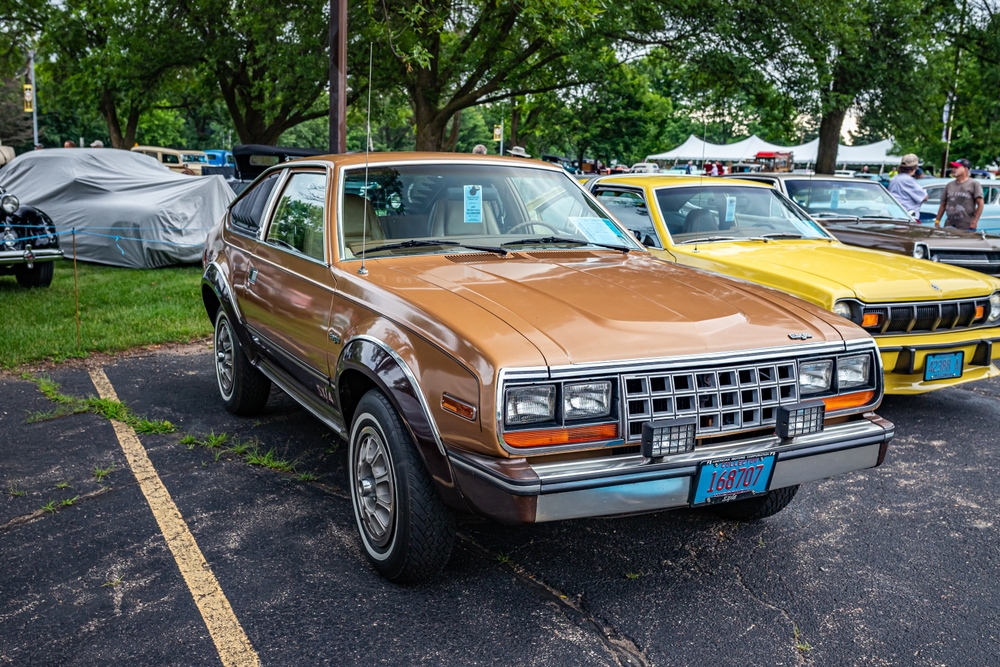
This 1980s car blended sedan and off-road capability, pioneering the crossover concept. Named the Eagle, it symbolized freedom and the ability to soar over any terrain.
Plymouth Road Runner
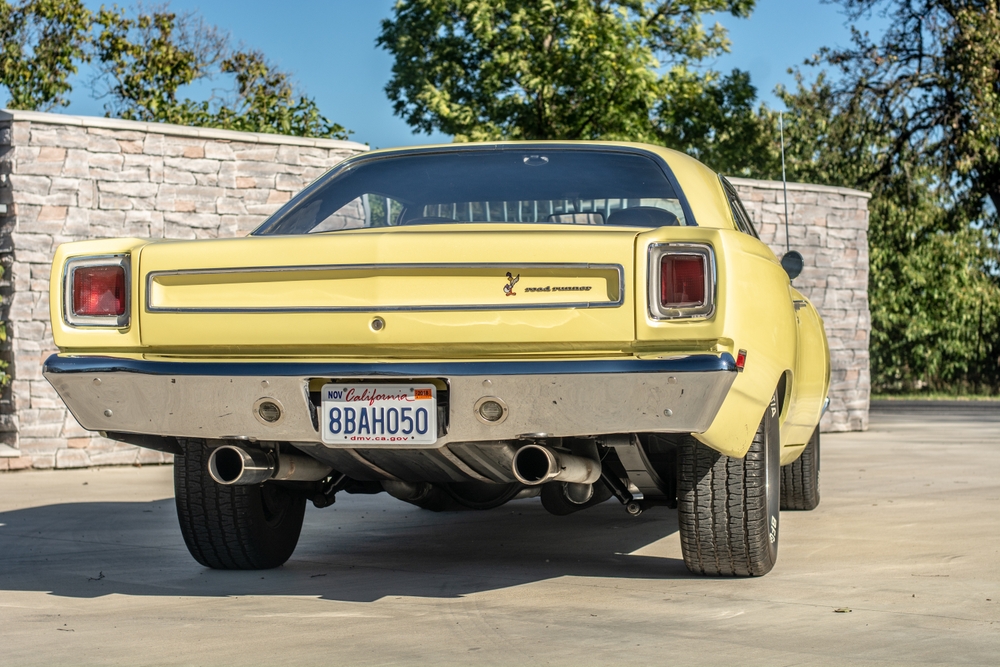
First appearing in 1968, it was a performance-oriented version of the Plymouth Satellite. Named after the fast, ground-dwelling bird, the Road Runner was equipped with a powerful V8, making it a force on the drag strip. Plymouth even paid Warner Bros. for using the name and the “beep beep” horn sound.
Ford Falcon

A different bird altogether from the Chevrolet concept, the Ford Falcon (released in markets like Australia) became an iconic family and racing car. It symbolized swiftness and grace.
Studebaker Lark
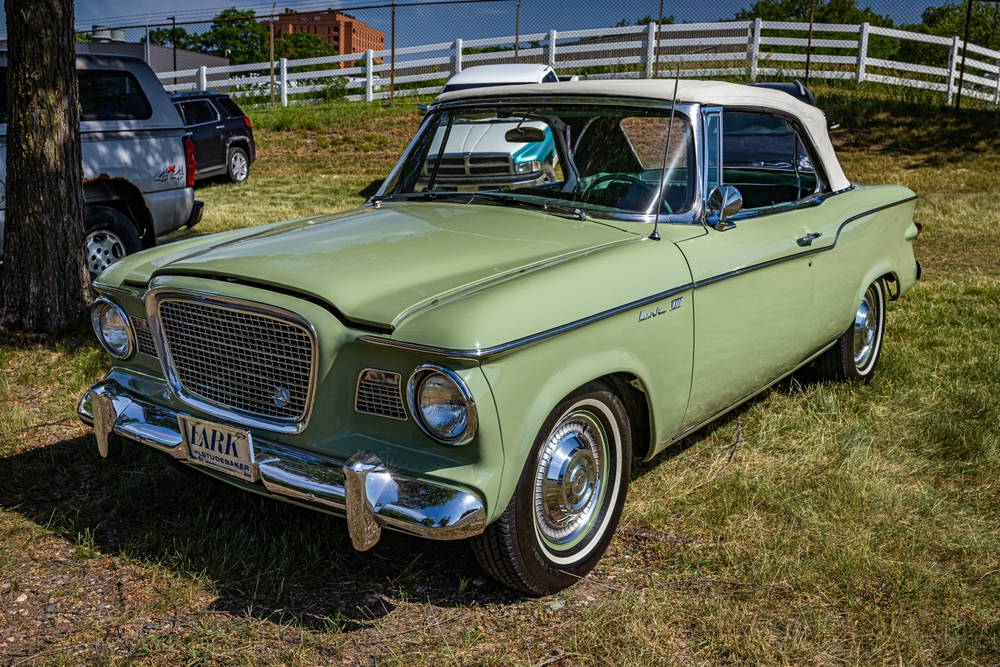
A compact car from the late 1950s and 1960s, the Lark was Studebaker’s answer to the increasing demand for smaller, more efficient cars. Named after the small, songful bird, the Lark was designed to be light on its feet and economical.
Nissan Bluebird
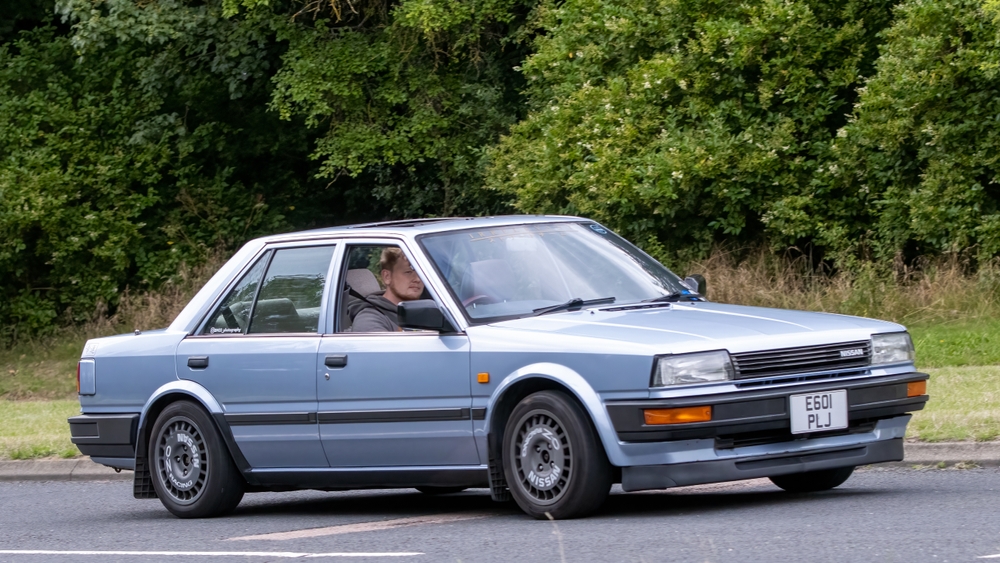
This car, particularly popular in Asia, was introduced in the 1950s. The Bluebird is associated with happiness in many cultures, which the car aimed to provide through reliability and efficiency.
Packard Hawk
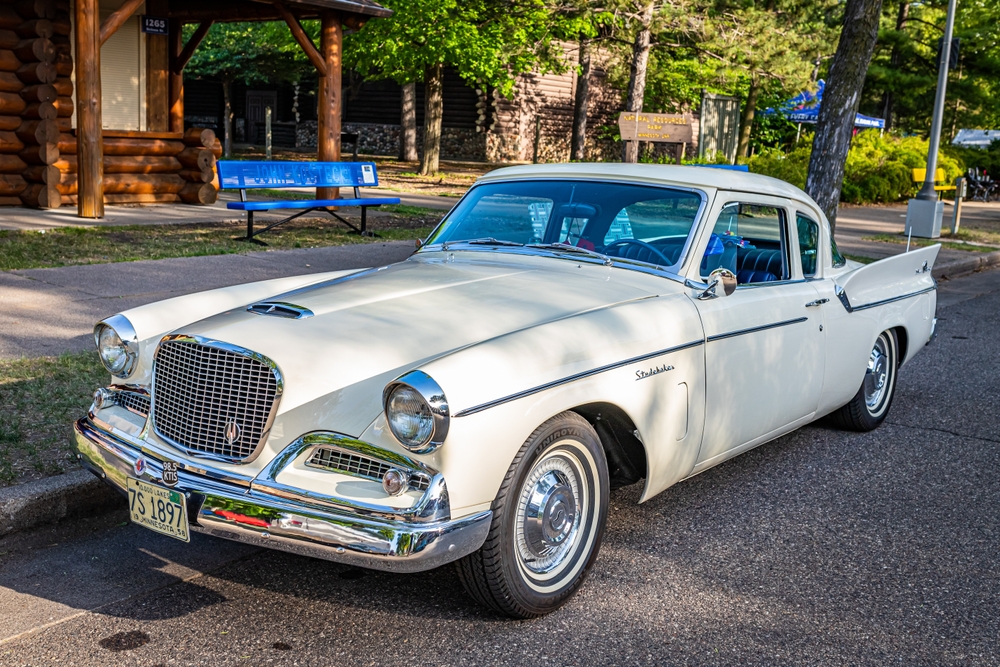
Part of the Studebaker-Packard lineup in the late 1950s, the Hawk series, especially the Packard Hawk, was known for its luxury and distinct design. The bird name emphasized speed and grace.
This article originally appeared on MyCarMakesNoise.
More from MyCarMakesNoise
20 Hidden Gems for Road Trip Enthusiasts

Embark on a journey off the beaten path with our guide to America’s backroads – hidden gems that promise unforgettable road trip experiences. From breathtaking natural landscapes to quaint small towns, these lesser-known routes offer a unique way to explore the beauty and diversity of the United States. Read More.
22 Sports Cars You Should Avoid At All Costs

The thrill of driving a sports car is undeniable, with their powerful engines and eye-catching designs drawing enthusiasts worldwide. However, some of these vehicles come with hidden drawbacks such as high maintenance costs, frequent reliability issues, and disappointing resale values. Read More.
15 Most Annoying Car Features According to Drivers

We’ve all experienced that moment when a seemingly minor car feature becomes a major annoyance during our daily drives. From touchscreens that refuse to cooperate to alarms that just won’t quit, certain car features can turn a smooth ride into a frustrating ordeal. Read More.



